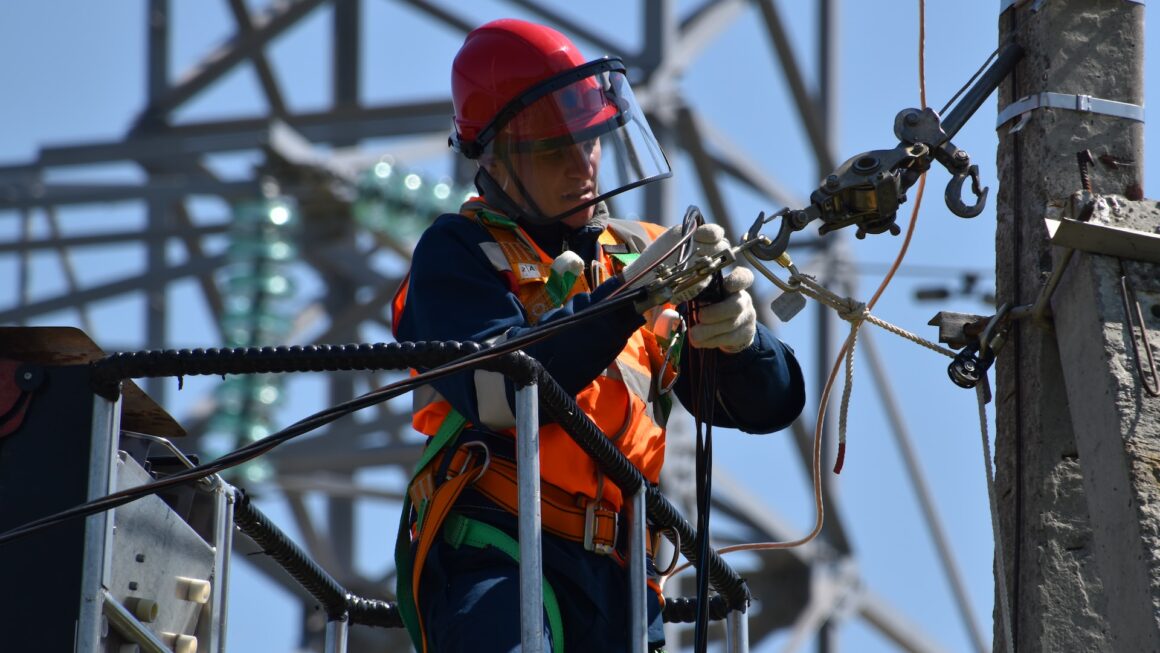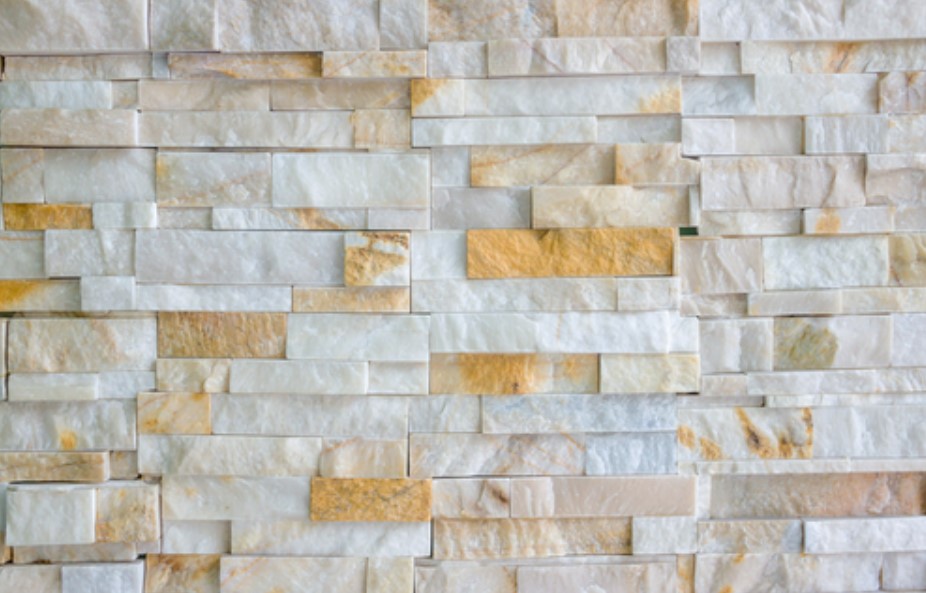The fabric is the most critical aspect of any project. It doesn’t matter how well-built the project is; if it’s constructed from the wrong fabric, it won’t do justice to the design and it would just look like a mess. The fabric’s quality is important. Everything depends on the fabric’s performance, from the project’s durability to its appearance. In other words, your projects are only as excellent as the materials used to create them.
You should be able to spot a good fabric when you see one. Learn to differentiate between a long-lasting, well-made item and one that looks nice on the shelf but won’t even last more than a season. You must understand the characteristics that distinguish high-quality fabrics from the low-quality one, as well as how to recognize these characteristics when shopping for fabrics.
One of the first things to realize when it comes to determining fabric quality is that different types of materials have different features, and hence different standards apply to each. A 100% cotton fabric and a fabric comprised of blended materials, for example, will not have the same smoothness.
The differences do not automatically imply that one is the best alternative. However, regardless of the material, there are certain signals of quality, regardless of the evident variances. These are the basic things that you should look for when buying a fabric.
Great properties of fabric
What do you hope to get out of your final sewing project? Is it going to be a gorgeous airy garment or a robust bag? The fabric you choose will have a big impact on the final result. Consider the properties of your fabric by running it through your hands and holding it up to the light.
Is it able to drape and flow, is it see-through, and does it wrinkle easily? It may seem simple, but some inexpensive navy fabric that I felt would look great as part of a dress I was sewing for my sister once swayed me early in my dress-making adventure. However, it was so rigid that the final product was unusable.
Greater thread count and tightly woven fiber

The number of thread strands per inch is referred to as this. The fabric is tighter and more durable with a greater thread count. The fibers of high-quality fabrics are woven together snugly and tightly. There should be no visible gaps between fibers, as this is generally a sign of poor fiber quality. These textiles are prone to tearing. The combination of vertical and horizontal weaves in high-quality fabrics is more well-balanced, resulting in a stronger fabric surface.
No streaks or stains should be visible.
A decent dye job should complement a good grade fabric. Look for uneven tone distribution across the fabric’s surface. Color fastness should also be checked on materials.
Choose between pattern or plain fabric

It may be the most luxurious and beautiful fabric you’ve ever seen, but it’s worth debating whether a patterned fabric is the right option for you. To begin with, they can be more difficult to deal with; if you are a complete beginner, it may be worth it to make things easy for yourself during your first few projects by choosing a simple fabric that is much easier to work with. Some patterns, in particular lines and stripes, require extra care to ensure that repeats are balanced and match up; if your sewing is even slightly off-kilter, these patterns will scream it to the world.
Larger patterns can wind up appearing bizarre if they’re cut around too much, smaller repeats can look a little jumbled, and certain designs may be way too busy for the project you’re working on. So, even if you’re completely over heels in love with a certain design, don’t start ripping it up until you’re positive it’ll work for the project at hand.
Positive environmental effect
Many fabric manufacturing procedures can have substantial and negative consequences for the environment as well as the people who work in and around the manufacturing facility. Chemicals are used, workers are subjected to unsafe or unjust working conditions, and natural resources are depleted as a result of fabric production around the world. So you might want to look for fabric stores that specialize in ethically and sustainably produced materials, and use your sewing to help make the world a better place.
Proportional cost-quality relationship
In relation to several of the issues made above, if your fabric of choice appears to be too good to be true, it most likely is. Fabric that is inexpensive is usually that way for a reason, either because it is made up of cheaper synthetic blends that are unpleasant to feel and work with, or because the manufacturing process has proven harmful to our lovely world.
While many individuals sew to save money, buying cheaper fabric is often a false economy; its qualities will likely not give you the professional finish you desire, and chances are a larger price was paid elsewhere along the production process. So, for the benefit of yourself and the greater good, be willing to invest a bit more in order to obtain a lot. Cheaper is almost never better.
Lastly,
What do you want your sewing project to communicate about you? Whether we’re making garments, homewares, bags, or gifts, everything we do has the potential to be a one-of-a-kind representation of ourselves. Choose your fabric wisely to share a little more of your unique self with the world, and let your imagination achieve outcomes that no mass-produced object could ever match. Have fun with it, and let the things you use reflect your true self…the world deserves to see it. You can always check out your fabric needs here!




